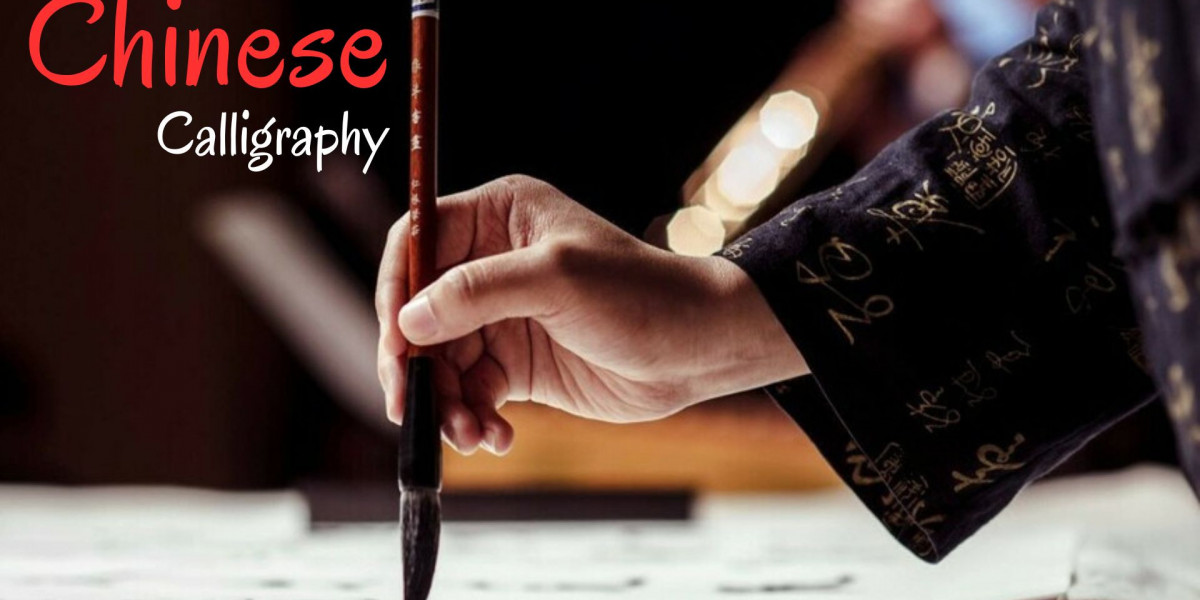Chinese calligraphy is more than an art form—it is a cultural heartbeat that has echoed through dynasties, influenced philosophies, and adorned imperial scrolls with silent poetry. Rooted in millennia of tradition, this practice reveals the soul of Chinese civilization through ink, brush, and deliberate movement. Each stroke, each curve, and each composition whispers tales of scholars, emperors, and monks who shaped the course of East Asian heritage.
In this journey, we’ll explore the world of Chinese calligraphy, from its historical evolution to its influence on modern creativity, including its enduring place in education, spirituality, and contemporary design.
A Glimpse Into Its Origins
Chinese calligraphy traces its roots back to ancient times, believed to have started with the oracle bone script during the Shang Dynasty (c. 1600–1046 BCE). These were inscribed on animal bones and turtle shells as divination tools. Over time, these symbols evolved, forming the building blocks of modern Chinese characters.
The progression moved through several script styles:
Seal script (Zhuànshū) in the Qin Dynasty
Clerical script (Lìshū) during the Han Dynasty
Standard script (Kǎishū) refined in the Wei and Jin periods
Cursive script (Cǎoshū) for expressive motion
Running script (Xíngshū) bridging formality and freedom
Each style represents a distinct era of Chinese intellectual development. Calligraphy was not just a tool for communication—it was a status symbol, a spiritual practice, and a cornerstone of identity.
Calligraphy as a Mirror of the Mind
In Chinese calligraphy, the brush is seen as an extension of the heart. The strokes do not merely form letters; they reflect the calligrapher's character, temperament, and mental state. Scholars in imperial China were judged not just by their knowledge but by how they wrote. An uneven stroke could imply anxiety; a calm, flowing character might suggest a composed, disciplined mind.
This inner connection between thought and ink forms the philosophical core of calligraphy. In Confucianism, it was tied to ethics and self-cultivation. In Daoism, it embodied harmony and natural rhythm. And in Buddhism, it served as a form of meditation—a way to reach higher states of awareness.
Tools That Speak in Silence
Traditional Chinese calligraphy is shaped by what are called the "Four Treasures of the Study":
Brush (毛笔 máobǐ): Varying in size and stiffness, it’s designed to respond fluidly to hand pressure.
Ink stick (墨 mò): Made of soot and resin, ground with water to produce deep black ink.
Paper (纸 zhǐ): Xuan paper is the most famous, praised for its absorbency and smoothness.
Inkstone (砚 yàn): The grinding surface for ink preparation, often crafted from carved stone.
Using these instruments demands patience and practice. A single brushstroke requires mindful control of speed, pressure, and direction. There’s no erasing—a testament to the discipline this art form demands.
Calligraphy in the Imperial Court
Throughout Chinese history, emperors were often patrons of the arts, and Chinese calligraphy became a symbol of refined governance. Some rulers, such as Emperor Huizong of the Song Dynasty, were highly skilled calligraphers. His unique “Slender Gold” style remains one of the most admired forms of imperial calligraphy.
Mandarins—bureaucrats of the imperial system—were also expected to master calligraphy. During the civil service exams, knowledge of Confucian texts and skill in writing them elegantly could determine one’s career path. Mastery of the brush was equated with mastery of the mind.
The Role of Calligraphy in Education and Family Life
Even today, Chinese calligraphy plays an integral part in early education. Many schools across China and other East Asian countries incorporate calligraphy classes in their curriculum. Beyond mere penmanship, students are taught posture, breathing techniques, and the value of repetition.
In many homes, calligraphy is seen during Lunar New Year celebrations. Red paper adorned with auspicious characters written in calligraphy is hung on doors to invite good fortune. The family often gathers to create these together, turning it into a bonding ritual passed down through generations.
Artistry Meets Spirituality
In temples across China, you’ll often find Chinese calligraphy covering walls, pillars, and altars. Buddhist monks practice calligraphy as a form of walking meditation—carefully repeating characters like “Zen” (禅) or “Compassion” (慈) to align body, mind, and spirit.
Similarly, Daoist priests use specific characters in talismans. The way a character is written can determine its spiritual potency. The energy of the brush—called qì (氣)—is believed to influence the object’s purpose.
Calligraphy is not merely a visual art here; it is a sacred transmission of energy.
Modern Adaptations and Cultural Preservation
Today, Chinese calligraphy continues to evolve while preserving its roots. Contemporary artists blend traditional brushwork with digital tools or abstract techniques, creating hybrid art forms displayed in global galleries.
Calligraphy also appears in modern fashion, graphic design, tattoos, and architecture. Many luxury brands incorporate Chinese characters in their visual identity to honor cultural roots and attract Eastern audiences.
Several museums—such as the China Calligraphy Museum in Anyang—are dedicated entirely to showcasing historical scrolls, calligraphers, and experimental works. These institutions help preserve the art while inviting global appreciation.
Global Influence of Chinese Calligraphy
As Chinese culture spreads globally through diplomacy, commerce, and migration, so too does Chinese calligraphy. Universities around the world offer calligraphy courses. Art institutions host exhibitions celebrating the brushstroke. Even in cities like Paris, London, and New York, you’ll find studios teaching calligraphy as both a linguistic and artistic endeavor.
Language learners also use calligraphy to improve their Chinese character comprehension. Writing helps them appreciate character structure and internalize meanings far deeper than rote memorization.
Cultural exchange programs often include calligraphy demonstrations, where audiences watch in silence as an artist composes a poem with flowing strokes—each motion charged with centuries of meaning.
Famous Chinese Calligraphers
Understanding Chinese calligraphy wouldn’t be complete without recognizing those who elevated it to an immortal craft. Among them:
Wang Xizhi (王羲之) – Revered as the Sage of Calligraphy; his “Preface to the Orchid Pavilion” is legendary.
Yan Zhenqing (颜真卿) – Known for his bold, upright style, often seen as embodying moral integrity.
Su Shi (苏轼) – A Song Dynasty poet and calligrapher whose expressive strokes reflected his literary genius.
Zhao Mengfu (赵孟頫) – A Yuan Dynasty figure who revived classical styles and fused painting with calligraphy.
Their scrolls are considered national treasures—many preserved in the Palace Museum and private collections.
The Commercial Side of the Brush
Beyond spiritual and educational roles, Chinese calligraphy has a vibrant commercial presence. Decorative scrolls featuring characters like “福” (fortune), “寿” (longevity), and “禄” (prosperity) are among the best-selling items in traditional Chinese markets.
Art galleries and online platforms offer custom calligraphy services for weddings, restaurants, and interior design. With the rise of personalization, people increasingly commission calligraphers to write their names, life mottos, or favorite poems for display.
Moreover, international tourists often purchase calligraphy works as souvenirs—a tangible connection to Chinese culture that carries more meaning than a typical trinket.
Final Thoughts
Chinese calligraphy is a living testament to the power of simplicity and intention. What may seem like ink on paper is, in truth, a gateway to centuries of wisdom, philosophy, and quiet beauty. In a fast-paced digital world, this ancient practice invites us to slow down, reflect, and connect with something timeless.
Whether you're an artist, historian, language learner, or curious observer, immersing yourself in Chinese calligraphy is an invitation to rediscover the elegance of human expression through the stroke of a brush.







